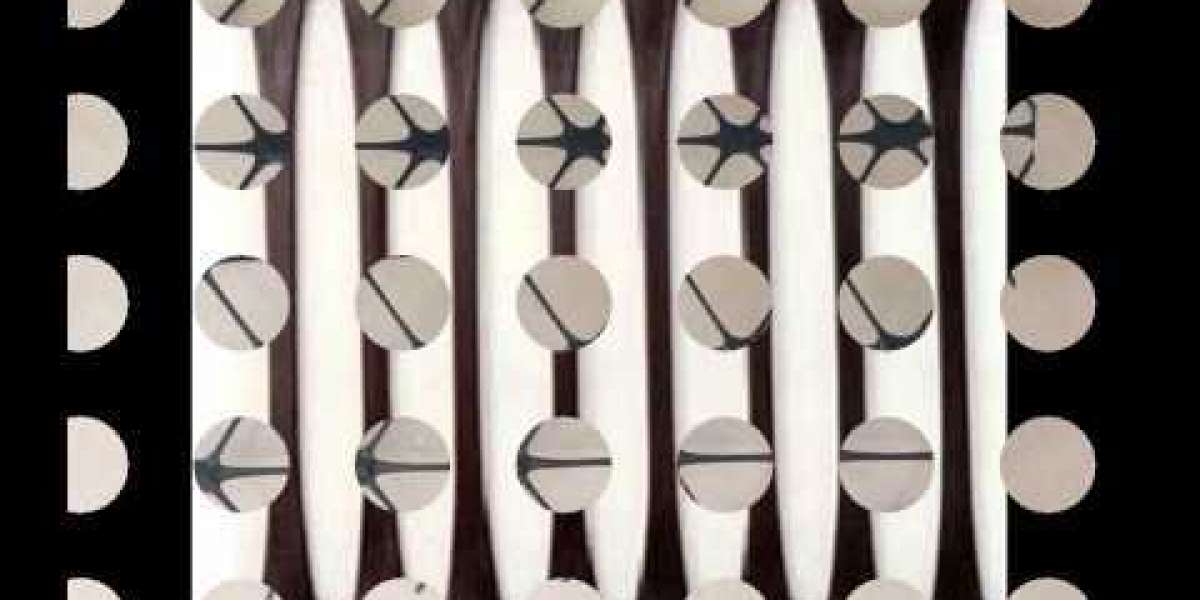
The quality of particular building supplies that are utilized in the Philippines and the standards that are associated with those supplies. Geosynthetics are a type of material that can either be used for slow protection in the construction industry or to improve the performance of both paved and unpaved roads by strengthening the soil in the subgrade interface or base course. This is accomplished through the use of geotextiles. Utilizing geosynthetics as a means to achieve these improvements is possible. Geosynthetics is a category of technologies that includes gu cells and geogrids, two examples of different types of geosynthetics. Even though this is supposed to improve road performance while also promoting economic advantages, it has not been widely used in the construction of the majority of the country's roads in the Philippines. This is despite the fact that it is supposed to do both of these things.
High-density polyethylene is the material of choice for the construction of both Gu cells and geogrids, and the vast majority of these components come from countries other than the United States. Gu cells are used to store gas in geothermal power plants. However, the amount of time that natural fibers can withstand being exposed to soil is limited, geosynthetics products supplier despite the fact that a number of studies have shown that natural fibers are capable of replacing synthetic materials in terms of their strength. Several studies have concluded that natural fibers are not as strong as synthetic materials, which have been shown to be stronger than natural fibers. Laminated natural fiber composites offer an innovative and forward-thinking solution that, when utilized as geocells and geogrids, have the potential to improve both the quality of the pavement as well as the service life of the pavement. This could be accomplished through the utilization of geocells and geogrids. In addition, we will be able to address the issue of a lack of available quarry resources in the Philippines if we construct the pavement using echo geocell and echo geogrid. These cutting-edge and innovative geosynthetics products supplier might be able to be produced locally in the Philippines, which has a lot of unrealized potential for expansion in the building and construction sector.
Both of these topics are of interest because of their potential applications in sustainable infrastructure. The purpose of both of these applications is to assist in the protection of slopes. As a part of this project, ecological juice as well as ecological gem grids are going to be developed. The waste from bananas and coconuts will be used to create a laminated natural fiber composite material that will be incorporated into the construction of both of these products. This waste is combined with a variety of agents that make lamination easier so that it can be used in the production of laminated natural fiber composites. The composite material will be developed in the form of ecological fruit juice and ecological treasures in order to replace the currently available industrially produced synthetic Jewish cells and Jewish grids. This will be done in order to supplant the available options. In order to realize this objective, the use of the composite material will be implemented as a replacement for them.
It is hoped that the finished geosynthetics products of the project will become materials for construction that are both kind to the environment and durable over time. Another goal of the project is to achieve a level of performance that is at the very least comparable to, and ideally exceeds, geosynthetics products that of the Jew cell and geogrid that are currently in use. In order to verify the accuracy of its performance claims, Eco Juicel and Eco Dubride are planning to conduct actual performance tests on their products. In order to verify the accuracy of its performance claims, Eco Juicel and Eco Dubride are planning to conduct actual performance tests on their products. In Order To Have A Clearer Understanding Of The Potential Effects,If the project that is currently being proposed is allowed to move forward, the residents of MISAMIS Occidental will have the opportunity to earn a living, as well as maintain and increase their income through the utilization of abandoned agricultural products. This will be possible if they are given the chance to do so. Because natural fibers have an abundant supply of natural resources, it is sustainable not only in region 10, but also in the vast majority of other parts of the country. There is a lot of potential for the marketability of eco geocell and eco geogrid geosynthetics products in the context of regional manufacturing and production. This is especially true in terms of the former. Both of these product categories combine geocells and grids in some way. People will have the opportunity to establish themselves economically thanks to the expansion of this industry.



